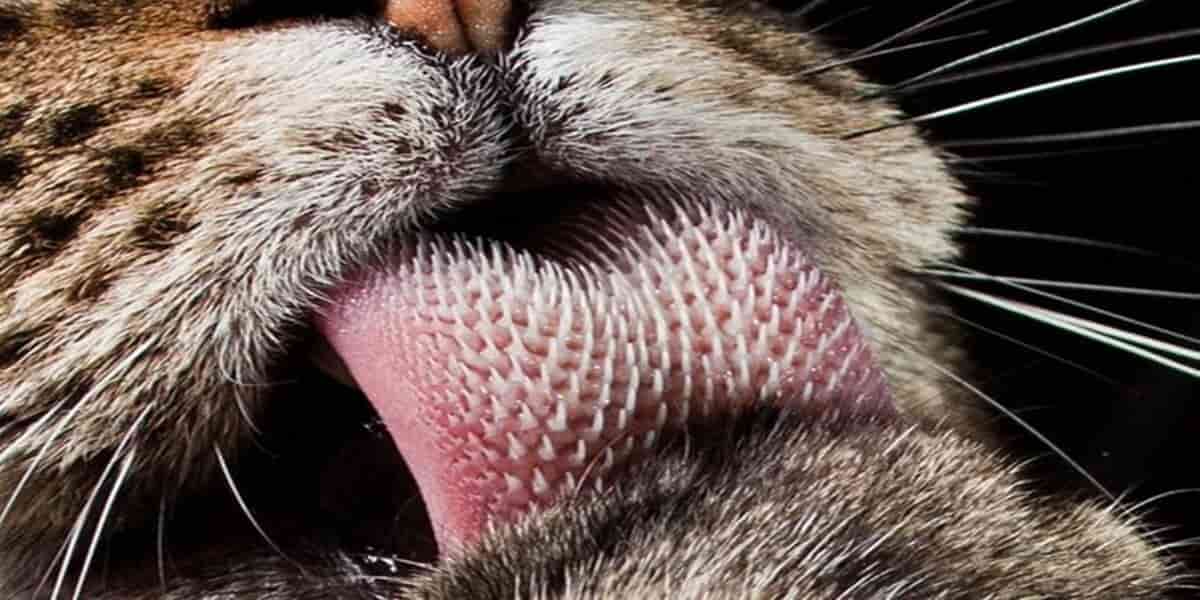Why are Tiger Tongues So Rough?
Doodlebrary
- Tiger tongues are covered in tiny, sharp structures called papillae, which are crucial for their survival.
- This specialized tongue design plays a vital role in ensuring the tiger’s well-being and efficiency in the wild.
- Here’s a pointwise breakdown of why tiger tongues are so rough:
- Papillae Structure
- Tiger tongues are covered with backward-facing papillae.
- These structures are made of keratin, the same material found in human hair and nails.
- Efficient Meat-Stripping
- The rough texture allows tigers to efficiently scrape meat from bones.
- The papillae act like sandpaper, making it easy to strip every bit of flesh off their prey.
- Grooming
- Tigers use their rough tongues to groom themselves by removing dirt, loose fur, and parasites.
- This helps keep their coats clean and healthy.
- Wound Cleaning
- Tigers can also use their tongues to clean their wounds.
- The rough texture helps remove debris from injuries, aiding in healing and preventing infections.
- Survival Adaptation
- The roughness of a tiger’s tongue is a crucial adaptation for their feeding and grooming.
- Without this, tigers would struggle to process their food and maintain proper hygiene.
